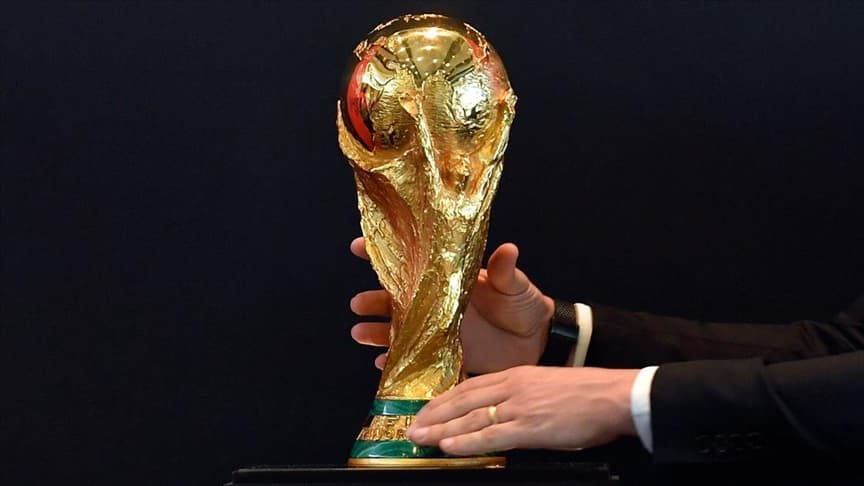Next summer, the world’s most watched sporting event will return with the 2026 edition of the FIFA World Cup, bringing with it one of the most competitive and intricate ticketing processes ever organized for a global tournament. Officially branded as “World Cup 26,” the event will be jointly hosted by the United States, Canada, and Mexico. Demand for tickets has already surged to unprecedented levels, prompting FIFA to introduce a multi-phase, dynamic pricing model that has generated both excitement and controversy. This article examines how the ticketing system works, what fans can expect, and what the broader implications may be for accessibility and fan experience.
The Tournament at a Glance
The 2026 FIFA World Cup will mark a historic expansion of the competition. For the first time, 48 national teams will participate, playing a total of approximately 104 matches across 16 host cities in three countries. This scale makes it the largest World Cup in history, surpassing previous editions in both venues and games. The opening match is scheduled for 11 June 2026, while the final will take place on 19 July 2026 at MetLife Stadium in East Rutherford, New Jersey. For supporters, the scale of the tournament offers more opportunities to experience live matches but also introduces greater logistical and financial challenges.
How the Ticketing Process Works
FIFA has launched its ticketing programme in several phases. On 15 July 2025, the organization announced that the first application period for the ticket draw would open on 10 September 2025. Fans are required to register via FIFA.com/tickets and create a FIFA ID to participate. The first draw is limited to Visa cardholders and will run until 19 September. In mid-October, FIFA reported that more than one million tickets had already been sold during this Visa presale phase, with fans from over 200 countries taking part.
Subsequent rounds include a global ticket draw beginning 27 October for single-match tickets and venue-specific or team-based packages. Additional phases will follow after the Final Draw in December when match pairings and specific venues are confirmed. These rounds are expected to continue into early 2026, with a combination of random draws and first-come-first-served sales depending on demand.
Dynamic Pricing and Fan Access
One of the most striking changes for 2026 is the introduction of dynamic pricing, a system in which ticket prices fluctuate based on demand and the perceived importance of each match. According to FIFA and media reports, prices for group-stage matches will start around 60 US dollars, while premium tickets for the final could exceed 6,700 dollars. This pricing strategy mirrors trends in American sports and entertainment industries, where flexible pricing is used to maximize revenue.
FIFA has defended this model as a way to increase overall accessibility, arguing that lower-tier tickets will remain affordable while premium categories can fund the tournament’s global operations. Critics, however, suggest that the system may widen inequality among fans, particularly as corporate buyers and hospitality clients drive up prices for marquee matches. The balance between revenue generation and inclusivity will likely define how this new ticketing system is judged.
Tips for Prospective Attendees
Fans hoping to secure tickets should take note of several key factors. Registration through FIFA’s official website and the creation of a FIFA ID is essential. Following official communication channels is equally important, as FIFA warns against purchasing from unauthorized sellers or third-party sites. Even with a ticket in hand, supporters must ensure they meet visa and travel requirements, which vary between the United States, Canada, and Mexico. Given that matches are spread across three countries, travelers will need to plan for multiple flights, accommodation arrangements, and possible visa applications well in advance.
FIFA has also confirmed plans to introduce an official resale platform aimed at reducing scalping and providing fans with a safe avenue to resell tickets they can no longer use. The success of this system may determine whether ordinary fans can still access tickets at fair prices amid rising demand.
The Broader Context: Commercialization and Inclusion
The 2026 World Cup represents more than just an expanded tournament. It illustrates the growing intersection between sport, commerce, and global mobility. As FIFA’s most ambitious event to date, the use of dynamic pricing and advanced ticketing algorithms reflects how elite sports increasingly mirror market dynamics. While this approach boosts revenue, it also challenges the traditional image of the World Cup as a unifying, accessible festival for fans of all backgrounds.
For host nations, the stakes are equally high. Coordinating across three countries introduces new logistical and diplomatic dimensions, from visa coordination to infrastructure readiness. For fans, it signals an evolving reality: attending a World Cup match may require not only passion but also strategic planning and financial flexibility.
Conclusion
The 2026 FIFA World Cup will test the limits of global sports management. Its unprecedented scale, combined with an experimental ticketing model, promises both opportunities and obstacles for fans. Those who plan early, stay informed, and use official channels stand the best chance of securing a place at football’s grandest stage. As the world counts down to June 2026, the challenge for FIFA will be to balance innovation with fairness, ensuring that the world’s most celebrated sporting event remains truly for everyone.
Sources: FIFA.com, Reuters, The Guardian, AP News
Note: All information in this article is based on verified public data and credible sources available at the time of writing.
